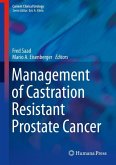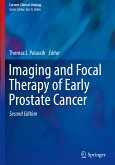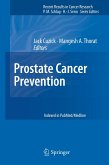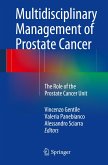This book provides a 2015 state of the art update on the hot topic of focal prostate cancer therapy, which offers a means of preserving the prostate and avoiding major side-effects associated with conventional treatment strategies. In so doing, focal therapy meets the desire of many patients, especially those with low-risk disease, to avoid or postpone radical therapies in order to preserve quality of life. A wide range of aspects are covered, including the role of imaging-guided targeted biopsies, the pros and cons of surveillance in comparison with focal therapy, focal hemiablation and focal salvage therapy, multifocal therapies, focal cryotherapy. The potential role of various new diagnostic technologies as well as specific therapeutic devices as "Focal.One" robotic high-intensity focused ultrasound are explained. The authors are all international experts who are long-term proponents of non-invasive treatment of prostate cancer. "Focal Therapy of Prostate Cancer" will be an invaluable source of information for urologists, oncologists, radiation oncologists, and general practitioners, and also for patients wishing to learn more about this new treatment option.
"This book examines focal therapy, a field of burgeoning interest in prostate cancer treatment. ... The typical audience would likely include trainees (medical students, residents, fellows) and specialists outside of urology (e.g. radiology, pathology, basic scientists). ... Overall, this well-written book is a good initial examination of a controversial and rapidly evolving field." (Edouard Trabulsi, Doody's Book Reviews, October, 2015)







